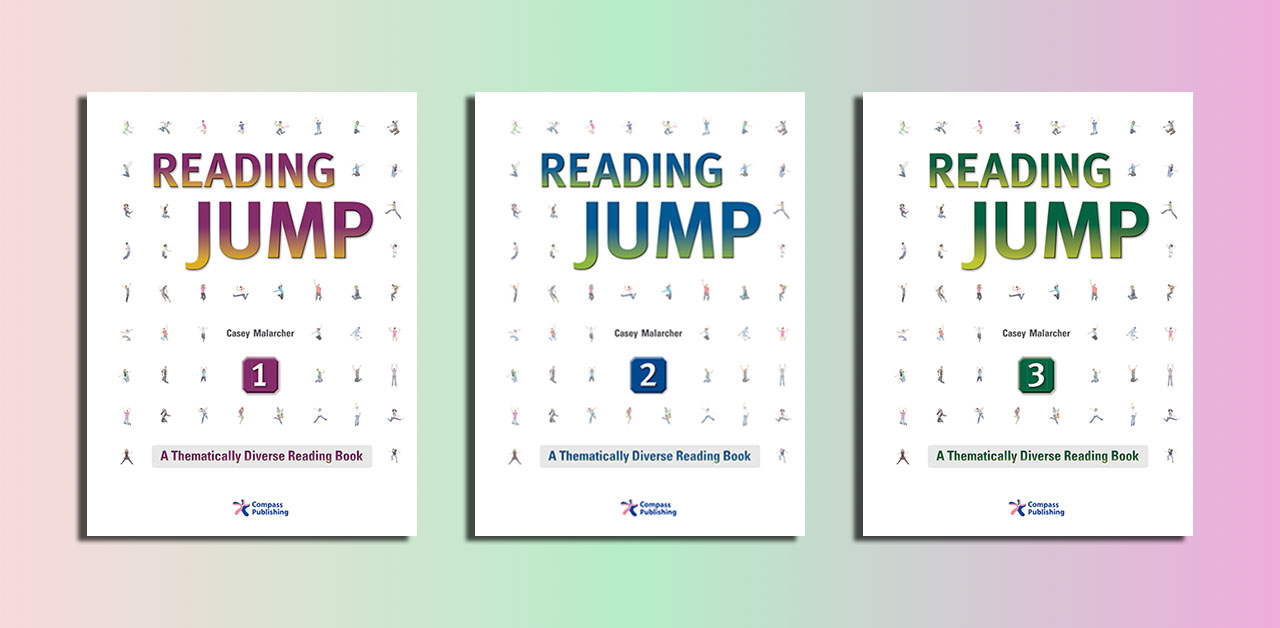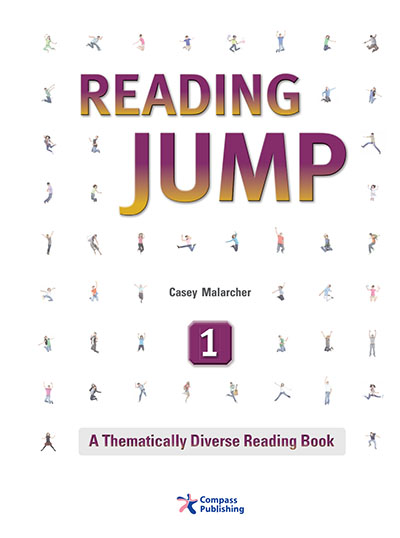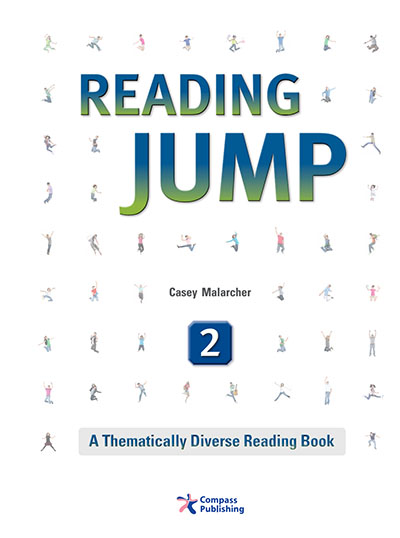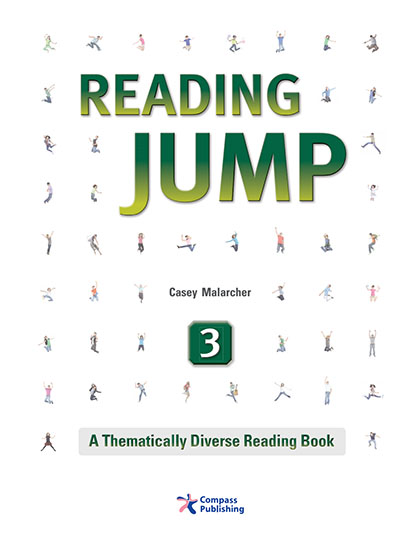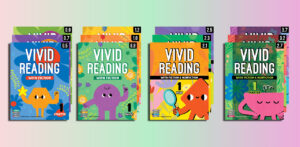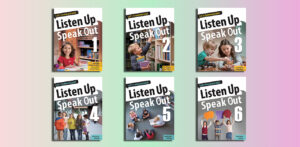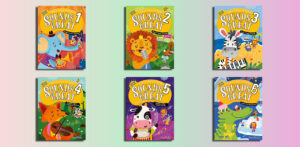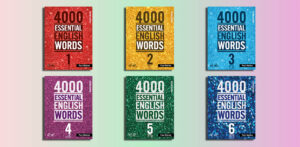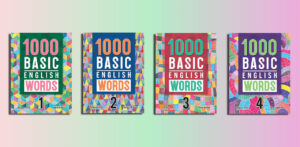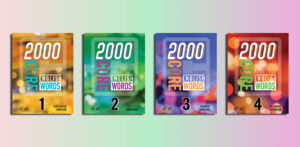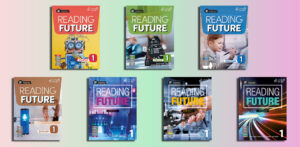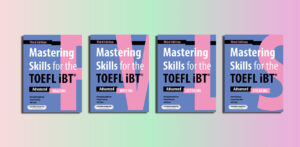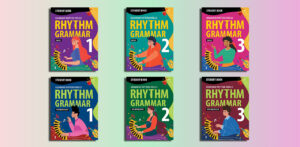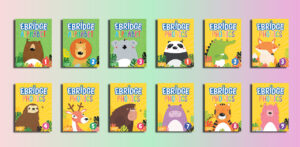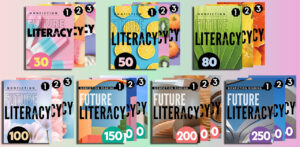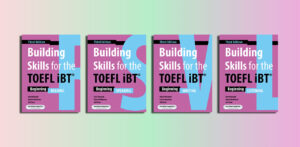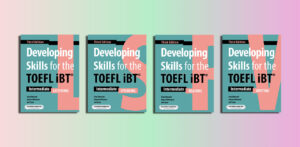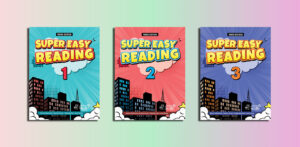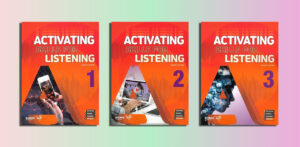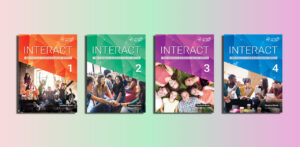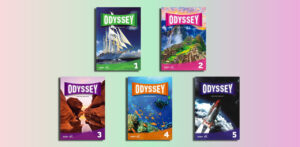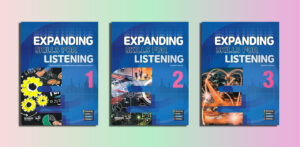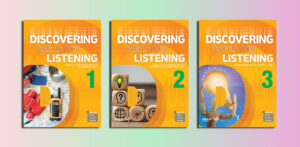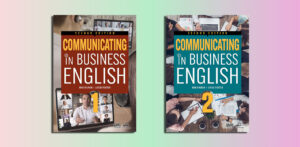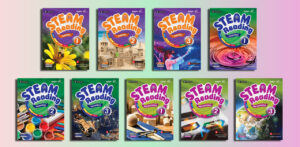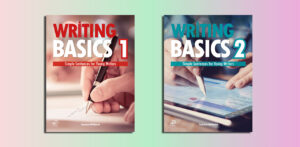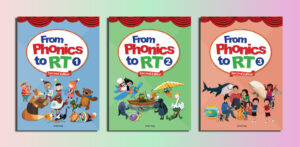Compass, Download, Online iTools
Download Compass Reading Jump Pdf Resources (A2 / B1)
Reading Jump (PDFs, Resources)
Level 1 (A2)
Reading Jump 1 Student Book.pdf – Sample: Click
Answer Key – Audio – ETC – Final Test – Midterm Test – Student Book – Syllabus.zip – Teacher’s Guide – Transcripts – Translations – Word List – Word List(EN) – Word Test
Level 2 (A2 / A2+)
Reading Jump 2 Student Book.pdf – Sample: Click
Answer Key – Audio – ETC – Final Test – Midterm Test – Student Book – Syllabus.zip – Teacher’s Guide – Transcripts – Translations – Word List – Word List(EN) – Word Test
Level 3 (A2+ / B1)
Reading Jump 3 Student Book.pdf – Sample: Click
Answer Key – Audio – ETC – Final Test – Midterm Test – Student Book – Syllabus.zip – Teacher’s Guide – Transcripts – Translations – Word List – Word List(EN) – Word Test
| Name | Price | Buy |
|---|---|---|
| Reading Jump 1 (PDFs, Resources) | $5 | |
| Reading Jump 2 (PDFs, Resources) | $5 | |
| Reading Jump 3 (PDFs, Resources) | $5 | |
| Reading Jump - All 3 Levels (PDFs, Resources) | $12 |
Overview of “Reading Jump” by Compass Publishing
Contents
| ✅ Coursebook: | Reading Jump |
| ✅ Author: | Kelly Daniels, Randy Lewis, Scott Lichtenstein, Karl Nordval, April Sanders, Adam Worcester |
| ✅ Publisher: | Compass Publishing |
| ✅ Levels: | A2, A2+, B1 |
| ✅ English type: | International English |
| ✅ Skill: | Reading |
| ✅ For: | Secondary, Junior High School, High School, Adult |
| ✅ Publication year: | 2016 |
Reading Jump is a dynamic three-book reading series by Compass Publishing, designed for high-beginning to intermediate English as a Foreign Language (EFL) learners. Tailored to CEFR levels A2 to B1, this series fosters reading comprehension, vocabulary growth, and critical thinking through engaging, structured content. Below is an overview of the series, its structure, features, and educational value.
Purpose and Target Audience
Reading Jump targets EFL learners aiming to strengthen their English reading skills. The series progresses across three levels:
- Level 1 (A2): Ideal for high-beginning learners mastering basic reading and vocabulary.
- Level 2 (A2/A2+): Suited for learners transitioning from high-beginning to low-intermediate proficiency.
- Level 3 (A2+/B1): Designed for low-intermediate learners ready for more complex texts and ideas.
The series features thematically diverse passages on topics like entertainment, health, sports, science, culture, and history, sparking curiosity while introducing manageable vocabulary.
Key Features
Reading Jump combines accessibility with skill-building through:
- Warm-Ups: Theme-related questions activate prior knowledge and encourage discussion.
- Controlled Vocabulary: Key terms are introduced gradually, with increasing complexity from Level 1 (A2) to Level 3 (A2+/B1), ensuring familiarity while expanding word knowledge.
- Thematic Passages: Informative texts use familiar structures (e.g., cause-effect, compare-contrast) to aid comprehension.
- Comprehension and Writing: Multiple-choice questions test details, while open-ended prompts foster critical thinking.
- Workbook: Extra vocabulary, comprehension, and dictation exercises reinforce learning.
- Audio Resources: CDs or online playlists (e.g., SoundCloud) support listening and pronunciation.
- Online Support: Review tests and teaching tips for “Think & Write” activities are available on Compass Publishing’s website.
Unit Structure
Each unit follows a consistent format:
- Warm-Up: Two questions introduce the theme.
- Vocabulary Preview: Matching exercises teach key terms.
- Before You Read: A brief introduction sets the context.
- Reading Passage: Graded texts with time limits promote fluency.
- Comprehension Check: Four multiple-choice questions and three writing prompts deepen understanding.
Companion Series: Reading Jump Plus
For learners advancing beyond Reading Jump, Reading Jump Plus (CEFR B1+) offers three books with more complex passages and vocabulary. It retains the same engaging structure and includes audio resources, integrated into Compass Publishing’s BIGBOX app by June 2020.
Educational Value
Reading Jump balances accessibility and rigor, building confidence in reading while developing vocabulary and critical thinking. The CEFR-aligned progression (Level 1: A2, Level 2: A2/A2+, Level 3: A2+/B1) supports learners at different stages, preparing them for standardized tests. Thematic variety keeps content engaging, while workbooks, audio, and online resources enhance versatility for classrooms or self-study.
Conclusion
Reading Jump is an exceptional series for EFL learners, offering a clear progression from A2 to B1. Its engaging passages, structured units, and comprehensive resources make it ideal for students and educators. Whether in classrooms or for self-study, Reading Jump builds a strong foundation for English proficiency.
Reading Jump 1
Who is suitable for “Reading Jump”?
Reading Jump by Compass Publishing is suitable for English as a Foreign Language (EFL) learners ranging from high-beginning to intermediate proficiency levels, specifically those aligned with CEFR levels A2 to B1. Here’s a breakdown of the target audience for each level:
- Level 1 (A2): Ideal for high-beginning learners who have basic English skills and are working to improve reading comprehension and vocabulary.
- Level 2 (A2/A2+): Suited for learners transitioning from high-beginning to low-intermediate, seeking to build on foundational skills with slightly more complex texts.
- Level 3 (A2+/B1): Designed for low-intermediate learners ready to engage with more challenging passages and develop deeper critical thinking.
The series is perfect for:
- Students in EFL classrooms or language programs aiming to enhance reading fluency, vocabulary, and comprehension.
- Self-learners looking for structured, engaging content to improve English independently.
- Educators teaching diverse groups, as the thematic passages (covering topics like health, science, culture, and history) and supplementary resources (workbooks, audio, online tests) support varied learning needs.
- Test-takers preparing for standardized English exams, as the series’ text structures and vocabulary align with CEFR benchmarks.
With its controlled vocabulary, thematic variety, and focus on comprehension and critical thinking, Reading Jump is an excellent fit for learners aged approximately 12 and up, including teenagers and adults, in both academic and casual learning settings.
Reading Jump 2
The benefits of “Reading Jump”
Reading Jump by Compass Publishing offers numerous benefits for English as a Foreign Language (EFL) learners at CEFR levels A2 to B1, making it a valuable resource for students, self-learners, and educators. Below are the key benefits of the series:
Improved Reading Comprehension:
- Carefully graded passages (Level 1: A2, Level 2: A2/A2+, Level 3: A2+/B1) use familiar text structures (e.g., cause-effect, compare-contrast), helping learners understand and analyze content effectively.
- Comprehension exercises, including multiple-choice and open-ended questions, reinforce detailed understanding and critical thinking.
Vocabulary Expansion:
- Controlled vocabulary introduces a limited number of key terms per unit, with gradual increases in complexity across levels, ensuring learners build word knowledge without feeling overwhelmed.
- Vocabulary previews and workbook exercises solidify retention and usage.
Enhanced Critical Thinking:
- Open-ended writing prompts encourage learners to reflect on passages, express opinions, and connect themes to personal experiences, fostering analytical skills.
- Thematic diversity (e.g., health, science, culture, history) sparks curiosity and promotes engagement with real-world topics.
Listening and Pronunciation Support:
- Audio CDs or online playlists (e.g., SoundCloud) provide recordings of passages, improving listening skills and exposing learners to natural pronunciation and intonation.
- Workbook dictation activities reinforce listening accuracy.
Structured Learning Progression:
- The series’ clear progression (A2 to B1) supports learners at different stages, building confidence as they advance from high-beginning to intermediate proficiency.
- Consistent unit structures (warm-ups, vocabulary previews, reading, comprehension checks) create a predictable, learner-friendly experience.
Versatility for Classroom and Self-Study:
- Comprehensive resources, including workbooks, audio, and online review tests, make Reading Jump adaptable for group instruction or independent learning.
- Teaching tips for “Think & Write” activities (available on Compass Publishing’s website) empower educators to tailor lessons effectively.
Preparation for Standardized Tests:
- Aligned with CEFR levels, the series helps learners develop skills needed for English proficiency exams through exposure to varied text types and question formats.
- Focus on reading fluency, vocabulary, and comprehension mirrors test requirements.
Engaging and Relevant Content:
- Topics like entertainment, sports, and the environment keep learners motivated and make reading enjoyable.
- Warm-up questions activate prior knowledge, making content accessible and relatable.
Holistic Skill Development:
- Beyond reading, the series strengthens writing (via prompts), listening (via audio), and speaking (through discussion-based warm-ups), supporting well-rounded language growth.
Accessibility and Support:
- Affordable and widely available through Compass Publishing and retailers like AbeBooks, the series includes free online audio and resources, enhancing usability for learners and educators globally.
In summary, Reading Jump equips EFL learners with essential language skills through engaging, structured, and progressive content. Its blend of reading, vocabulary, critical thinking, and multimedia resources makes it an effective tool for building confidence and proficiency in English, whether in classrooms or for self-study.
Reading Jump 3
Effective learning strategies for “Reading Jump”
To maximize the benefits of Reading Jump by Compass Publishing for English as a Foreign Language (EFL) learners (CEFR levels A2 to B1), employing effective learning strategies is key. Below are practical, evidence-based strategies tailored to the series’ structure and components, suitable for students (Level 1: A2, Level 2: A2/A2+, Level 3: A2+/B1), self-learners, and educators.
1. Pre-Reading Preparation
- Engage with Warm-Ups: Actively discuss the two warm-up questions at the start of each unit to activate prior knowledge and build context. For example, if the topic is “the environment,” share personal experiences or ideas to make the theme relatable.
- Preview Vocabulary: Complete the vocabulary matching exercise before reading. Create flashcards or use apps like Quizlet to review key terms, reinforcing retention through repetition and context.
- Set a Purpose: Read the “Before You Read” introduction to understand the passage’s focus. Set a goal, such as identifying the main idea or learning three new words, to stay focused.
2. Active Reading Techniques
- Annotate the Text: While reading the passage, underline key ideas, circle new words, or jot down questions in the margins. This promotes engagement and aids comprehension.
- Follow Time Limits: Adhere to the suggested reading time limits to practice fluency. If the passage feels challenging, read it twice—first for gist, then for details.
- Visualize Text Structure: Notice patterns like cause-effect or compare-contrast, as Reading Jump uses familiar structures. Create mental or written outlines to organize ideas (e.g., “What’s the problem? What’s the solution?”).
3. Post-Reading Consolidation
- Tackle Comprehension Questions Strategically:
- For multiple-choice questions, eliminate incorrect answers by referring to the passage for evidence.
- For open-ended writing prompts, brainstorm ideas before writing, using the passage as a reference. Practice concise responses to build clarity.
- Summarize the Passage: Write or verbally summarize the main idea and two key details in your own words to reinforce understanding and retention.
- Revisit Vocabulary: Use new words in sentences or discuss them with a partner to deepen understanding. Incorporate them into writing prompts for practical application.
4. Leverage Audio Resources
- Listen Actively: Play the audio CD or SoundCloud tracks while following along with the text to improve pronunciation and listening skills. Pause to repeat sentences, mimicking intonation.
- Practice Dictation: Use the workbook’s dictation exercises to sharpen listening accuracy. Write down what you hear, then check against the passage.
- Shadow Reading: Read the passage aloud simultaneously with the audio to enhance fluency and confidence in speaking.
5. Utilize the Workbook Effectively
- Complete Exercises Regularly: Work through the workbook’s vocabulary, comprehension, and dictation tasks to reinforce unit content. Space out practice sessions (e.g., review after 1 day, then 1 week) to boost long-term retention.
- Self-Assess: Check answers against provided keys or discuss with a teacher/peer to identify areas for improvement.
- Extend Learning: Use workbook prompts as a springboard for additional writing or discussion, such as creating a short story using unit vocabulary.
6. Incorporate Collaborative Learning
- Group Discussions: In classrooms, form small groups to discuss warm-up questions or writing prompts. This builds speaking skills and exposes learners to diverse perspectives.
- Peer Review: Exchange written responses to open-ended questions with peers, offering feedback on clarity and vocabulary use to enhance writing skills.
- Role-Play: Act out scenarios related to the passage’s theme (e.g., a debate on environmental issues) to make learning interactive and memorable.
7. Integrate Critical Thinking
- Connect to Personal Experience: Reflect on how the passage’s topic relates to your life or culture when answering writing prompts. This deepens engagement and makes learning meaningful.
- Ask “Why” and “How”: Go beyond the text by questioning the author’s purpose or the implications of the topic. For example, “Why is this issue important globally?”
- Create Extension Activities: Design projects like posters or presentations based on the passage’s theme to synthesize learning creatively.
8. Use Online Resources
- Access Review Tests: Complete online review tests from Compass Publishing’s website (www.compasspub.com) to assess progress and identify weak areas.
- Explore Teaching Tips: For educators, use the “Think & Write” teaching guides to adapt activities for different learning styles, such as visual aids for vocabulary.
- Supplement with Apps: Pair Reading Jump with language-learning apps like Duolingo or Memrise to reinforce vocabulary and grammar in context.
9. Establish a Consistent Routine
- Schedule Study Sessions: Dedicate regular time (e.g., 30 minutes, 3 times a week) to work through units, balancing reading, listening, and workbook tasks.
- Track Progress: Keep a journal of completed units, new vocabulary, and personal reflections to monitor improvement and stay motivated.
- Mix Skills: Combine reading with listening (audio), writing (prompts), and speaking (discussions) in each session to build a well-rounded skill set.
10. Adapt for Individual Needs
- Adjust Pace: For A2 learners (Level 1), focus on vocabulary and gist; for A2+/B1 learners (Level 3), emphasize critical thinking and fluency. Tailor effort to your proficiency.
- Seek Feedback: Share workbook answers or writing with a teacher or language partner to gain constructive input.
- Celebrate Milestones: Reward progress, such as completing a level or mastering a set of vocabulary, to maintain motivation.
Tips for Educators
- Differentiate Instruction: Assign Level 1 to A2 learners, Level 2 to A2/A2+, and Level 3 to A2+/B1, using workbook tasks to challenge advanced students.
- Incorporate Technology: Use the BIGBOX app (if available) or project audio tracks in class to enhance engagement.
- Monitor Engagement: Rotate group roles (e.g., discussion leader, note-taker) to keep students active and invested.
By combining these strategies, learners can fully leverage Reading Jump’s structured content, multimedia resources, and thematic variety to build reading fluency, vocabulary, and critical thinking skills. Consistent practice and active engagement ensure steady progress toward English proficiency.
Effective teaching strategies for “Reading Jump”
Reading Jump by Compass Publishing is a structured, three-level reading series (Level 1: A2, Level 2: A2/A2+, Level 3: A2+/B1) designed for English as a Foreign Language (EFL) learners. To maximize its effectiveness in the classroom, educators can employ targeted teaching strategies that leverage the series’ components—engaging passages, controlled vocabulary, workbooks, audio resources, and online materials. Below are effective, evidence-based teaching strategies tailored to Reading Jump, suitable for diverse EFL classrooms.
1. Scaffold Pre-Reading Activities
- Activate Prior Knowledge: Use the warm-up questions at the start of each unit to spark discussion. Pose questions to the whole class or in small groups, encouraging students to share experiences related to the theme (e.g., “What sports do you enjoy?” for a sports passage). This builds context and engagement.
- Teach Vocabulary Explicitly: Introduce the vocabulary preview exercise before reading. Use visuals, gestures, or realia to illustrate meanings (e.g., show a picture of a “glacier” for a nature unit). Have students create sentences or play matching games to reinforce terms.
- Preview Text Structure: Highlight the passage’s organization (e.g., problem-solution, compare-contrast) using a graphic organizer on the board. For example, for a cause-effect passage, draw a cause-effect chart to prepare students for the structure.
2. Facilitate Active Reading
- Guided Reading: For lower levels (A2), read the passage aloud as students follow, pausing to clarify key ideas or vocabulary. For higher levels (A2+/B1), assign silent reading with a time limit to build fluency, followed by a brief class discussion of the main idea.
- Chunk the Text: Break longer passages into sections, especially for Level 3 (A2+/B1). After each section, ask a quick comprehension question (e.g., “What problem is described here?”) to maintain focus.
- Encourage Annotation: Teach students to underline main ideas or circle new words while reading. Provide a simple annotation guide (e.g., “Star the main point, question mark for confusion”) to promote active engagement.
3. Enhance Post-Reading Comprehension
- Differentiate Question Types: Use the multiple-choice questions for quick comprehension checks, ensuring all students can participate. For open-ended writing prompts, provide sentence starters for A2 learners (e.g., “I think… because…”) and encourage Level 3 students to write fuller responses.
- Group Summaries: Divide the class into small groups to summarize the passage orally or in writing. Assign roles (e.g., summarizer, vocabulary checker) to ensure participation and reinforce teamwork.
- Extend Critical Thinking: Use the writing prompts as discussion starters. For example, after a passage on culture, ask, “How is this similar to or different from your culture?” Encourage debates or role-plays to deepen analysis.
4. Integrate Audio Resources
- Listening Practice: Play the audio CD or SoundCloud tracks in class, having students follow along in the text to connect listening and reading skills. Pause to model pronunciation or ask gist questions (e.g., “What’s the topic of this section?”).
- Pronunciation Focus: Replay short audio segments, asking students to repeat sentences to practice intonation and stress. This is especially effective for A2 learners building confidence in speaking.
- Dictation Tasks: Use the workbook’s dictation exercises as a listening activity. Play the audio, have students write what they hear, and review answers as a class to address common errors.
5. Maximize Workbook Use
- Targeted Practice: Assign workbook exercises as in-class activities or homework to reinforce vocabulary and comprehension. For example, use vocabulary tasks for quick pair work and comprehension questions for individual practice.
- Formative Assessment: Use workbook answers to gauge student progress. Provide immediate feedback, focusing on common mistakes (e.g., verb forms, word meanings) to guide future lessons.
- Creative Extensions: Adapt workbook prompts into creative tasks, such as writing a dialogue using unit vocabulary or creating a poster based on the passage’s theme.
6. Foster Collaborative Learning
- Jigsaw Reading: Divide the passage into sections and assign each to a small group. Each group discusses their section and teaches it to the class, promoting peer learning and speaking practice.
- Peer Feedback: Pair students to review each other’s written responses to open-ended prompts, using a simple checklist (e.g., “Clear main idea? Uses new vocabulary?”). This builds writing skills and collaboration.
- Thematic Projects: After completing a unit, assign group projects like creating a presentation or skit based on the passage’s topic (e.g., a health campaign for a health unit). This encourages creativity and application.
7. Incorporate Technology
- Use Online Resources: Access review tests and “Think & Write” teaching tips from www.compasspub.com to supplement lessons. Project tests for class quizzes or share tips with students for self-study.
- Leverage the BIGBOX App: If available, integrate the Reading Jump Plus app for interactive exercises, especially for Level 3 students needing extra challenge.
- Digital Annotations: Use tablets or computers to let students annotate passages digitally, sharing notes via platforms like Google Classroom for collaborative review.
8. Differentiate Instruction
- Level-Appropriate Tasks: Assign Level 1 (A2) to beginners, focusing on vocabulary and gist; Level 2 (A2/A2+) for transitional learners, emphasizing comprehension; and Level 3 (A2+/B1) for advanced tasks like critical writing. Provide extra support (e.g., word banks) for A2 learners and challenge B1 students with extended writing.
- Mixed-Ability Grouping: Pair stronger and weaker students for discussions or workbook tasks to encourage peer support and model correct language use.
- Flexible Pacing: Allow more time for A2 learners to process passages and reduce time for A2+/B1 learners to build fluency. Offer optional extension activities (e.g., research a related topic) for advanced students.
9. Promote Student Autonomy
- Self-Monitoring: Teach students to track their progress using a checklist (e.g., “Learned 5 new words, answered 4/4 comprehension questions”). This builds accountability.
- Choice in Writing: Let students choose one of the three writing prompts to answer, increasing motivation by allowing personalization.
- Independent Practice: Encourage self-study with audio tracks and online tests, guiding students to set goals (e.g., “Complete one unit per week”).
10. Assess and Reflect
- Varied Assessments: Combine workbook tasks, oral summaries, and written responses to assess reading, listening, and writing skills. Use online review tests for summative assessment.
- Provide Constructive Feedback: Highlight strengths (e.g., “Great use of new vocabulary!”) and suggest one area for improvement (e.g., “Try adding more details to your answer”) to motivate growth.
- Class Reflection: After each unit, hold a brief reflection session (e.g., “What did you learn? What was challenging?”) to help students internalize progress and set goals.
Additional Tips
- Create a Positive Environment: Celebrate small successes, such as mastering a unit’s vocabulary or completing a level, to boost confidence.
- Incorporate Culture: Relate passage themes to students’ cultural contexts (e.g., compare a passage’s festival to a local one) to make learning relevant.
- Regular Review: Revisit key vocabulary and concepts from previous units through quick games (e.g., Pictionary, Kahoot) to reinforce retention.
By implementing these strategies, educators can harness Reading Jump’s structured content, multimedia resources, and thematic variety to create engaging, effective lessons. These approaches cater to diverse learner needs, promote active participation, and build essential language skills, ensuring steady progress toward English proficiency.


